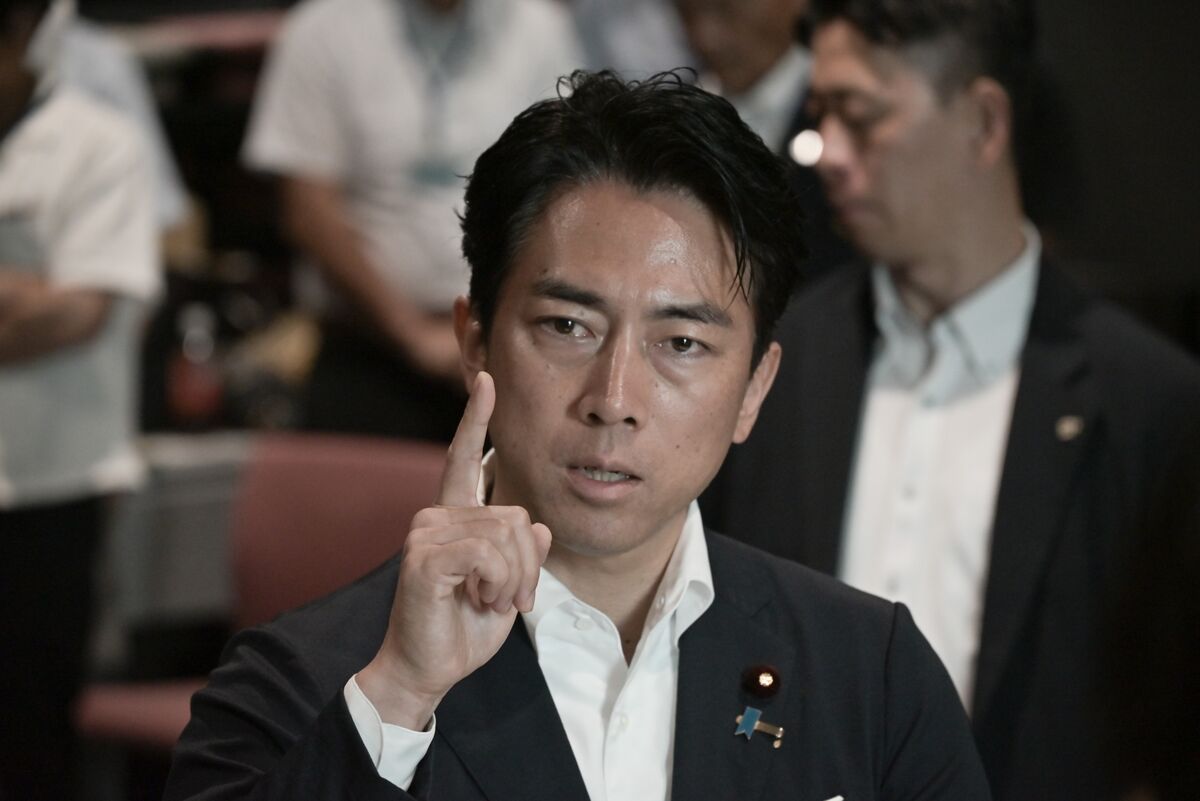By John Hall,Senior Contributor
Copyright forbes

Team celebrating win together
What is workplace culture? It’s what an organization values, how its employees accomplish their tasks and the everyday behaviors that reflect those values. Culture isn’t always tangible; it’s often comparable to a hum in the background. Yet, I’ve found that evidence of what defines a culture exists in the visible layers of behaviors and interactions.
It’s estimated that adults in the U.S. spend one-third of their lives in the workplace, so culture may have a significant impact. The paycheck might be the main reason people hold onto jobs, but workplace culture influences everything from well-being to bottom lines. I’ve seen firsthand how poor culture can lead to high turnover, reduced productivity and low morale. While every employee contributes to the environment, it’s up to leaders to show the way.
Improving your business’s culture isn’t as straightforward as the numbers on a balance sheet. To move forward, I believe it’s helpful to look to leaders who have successfully turned workplace cultures around and learn from their experiences. Here are four key lessons from top workplace culture speakers whose insights could help improve your organization.
1. Encourage Proactive Adaptability
Dr. Jessica Kriegel, Chief Strategy Officer of Workforce and Labor at Culture Partners, is an example of a seasoned expert on workplace adaptability. She spent a decade leading change management at Oracle, developing both the Results Equation—a science-backed methodology for communicating strategy and transforming behaviors—and her SHIFT framework, a blueprint for leaders navigating uncertainty and rapid business evolution. Culture changes are never simple, and traditional leadership models like servant leadership and agility are no longer enough. Employees guided by purpose, strategy, and culture are engaged, innovative, and motivated by a shared vision, not just a paycheck.
The SHIFT framework equips leaders with actionable principles for the modern era: Surrender what’s beyond your control, Help your team succeed, Inspire through clarity of purpose, Free Yourself from Fear by trusting your team, and Take Care of Yourself to stay effective. These principles go beyond agility and servant leadership, enabling leaders to adapt to global challenges, AI disruption, hybrid workplaces, and multigenerational teams while maintaining high performance and engagement.
MORE FOR YOU
SHIFT also emphasizes psychological safety and adaptability. Leaders must make confident decisions with available information, encourage innovation, and treat failures as learning opportunities. Harvard’s Amy Edmondson shows how psychologically safe environments empower teams to experiment and grow. From hybrid offices to women-inspired strategies, Dr. Kriegel’s combined approach of the Results Equation and SHIFT framework provides leaders with the natural motivation to see the company succeed and be a part of making it happen.
2. Prioritize Employee Engagement
Danielle Krischik, Partner and Chief Strategy Officer for Knight Agency, gathers real-life employee engagement insights and shares them through her podcast, which is dedicated to hosting unscripted conversations about human-to-human connections in the workplace. She’s spoken with a wide variety of high-impact leaders, including the former CEOs of WD-40.
How can a company that makes lubricant consistently have engagement levels in the 90th percentile? You would think these numbers would require a more deeply philosophical or magical purpose. But as Danielle’s talks with cultural leaders and changemakers reveal, it’s about harnessing the power of storytelling. Once each employee feels a real connection between what they do each day and the larger company mission, business growth is sure to follow.
It can be surprising for leaders when a top performer resigns, and often it’s because this type of meaningful and purposeful employee engagement isn’t present. Instead of wondering why their work didn’t reflect how unhappy they were, look back on the months before the resignation. There might be subtle yet recognizable clues. A disengaged employee doesn’t necessarily turn into a delinquent. Often, they start contributing a little less, making small but uncharacteristic “mistakes” or seeming less enthusiastic.
While there’s a clear link between high engagement and productivity, other aspects, such as customer service and commitment, also improve. Similar to an organization’s culture, employee engagement exists beneath the surface but creates visible ripples. High levels are evident in how emotionally and psychologically invested a worker is in their organization.
Overall, engagement doesn’t usually come from financial perks and benefits. It’s people-centered leadership that develops and maintains high engagement.
3. Foster A Compassionate Culture
Shola Richards is an example of someone who not only experienced workplace bullying firsthand, but also witnessed how the consequences can escalate even with actions meant to protect employees. Taking action—such as filing formal complaints—often results in more damage to the targets of workplace bullying. Retaliation is only one of the worrisome aftereffects. It’s not uncommon for targets of bullying to end up leaving organizations due to the stress—some even develop complex PTSD.
But it was Richards’ experience with bullying that led to the creation of a framework for compassionate and competent workplace cultures. Richards’ design emphasizes making peak performance, engagement and job satisfaction the new normal. Results don’t have to come at a price.
The fact of the matter is, nothing sinks a culture faster than the mistreatment of employees. Workplace bullying and its long-term effects are becoming less taboo to discuss. With 32.3% of employees reporting direct bullying at work, the time to do something about the problem is overdue.
Identifying the cultural factors that contribute to workplace bullying is only the beginning. Everyone must be willing to do the work to change the factors that make an organization more susceptible to toxic cultures. Examples include command-and-control leadership styles, unclear or absent communication, unrealistic expectations and too much pressure to perform.
In a compassionate and competent culture, there’s more of a focus on collaborative wins instead of unhealthy competition. Expectations are clear and realistically achievable with ample support structures. Growth doesn’t come at the cost of psychological and physical safety.
4. Promote An Initiative-Driven Mindset
Gene Hammett, an executive coach and founder of Growth Think Tank, speaks about the power of ownership. He explains that there’s a connection between who the employee is and what they do.
For instance, an employee wants to see an initiative succeed because they believe in its cause. It’s not about driving arbitrary numbers on a spreadsheet. Instead, success and growth entail seeing an idea come to life.
This goes without saying that there’s a unique difference between accountability and ownership. Accountability means employees are held responsible for the results. But a carrot-and-stick system won’t be effective if there’s no skin in the game. After all, why should someone care if this year’s sales numbers top last year’s? There’s little to no meaning in the objective or the results.
In contrast, ownership aligns with personal investment. Ownership can also link with organizational purpose. To improve your culture, you’ve got to create alignment between employees’ identities, the work and the why. Passion doesn’t magically appear, but it is the driving difference between companies that stall versus those that scale.
Creating Better Workplace Cultures
Culture embodies a leader’s vision. It’s the unspoken, but palpable way things get done. A strong culture isn’t just about a strategy on a slide deck; it’s about a commitment to your people. As the experiences of these speakers reveal, when a leader creates an environment of ownership, purpose and psychological safety, it sets a team up for sustained success. A business that invests in these elements not only grows—it builds something truly lasting. Ultimately, if you want the results to follow, you must pay more attention to the lessons learned by the people tasked with achieving them.
Editorial StandardsReprints & Permissions



